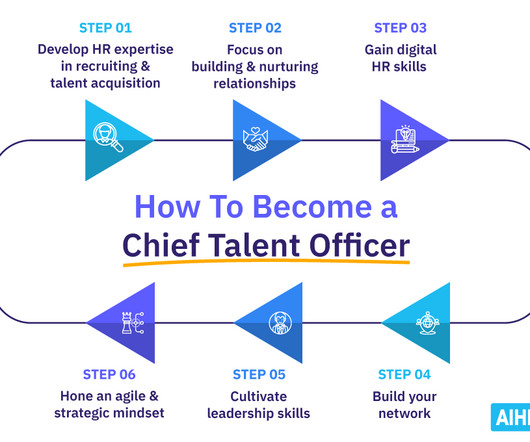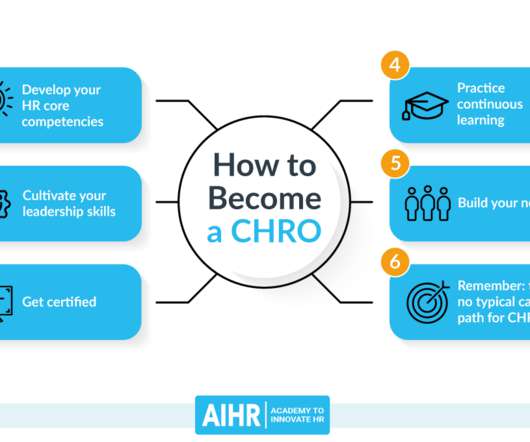Boese: 3 HR technologies that can help employers struggling to hire
HRExecutive
MAY 28, 2021
The second is the Job Openings and Labor Turnover Survey , better known as the “JOLTS” report. This research shows total job openings, total hires and separations, the “quits” rate (how many people voluntarily left their jobs) and more. Together, these reports provide a baseline for assessing: the health of the U.S.






















































Let's personalize your content